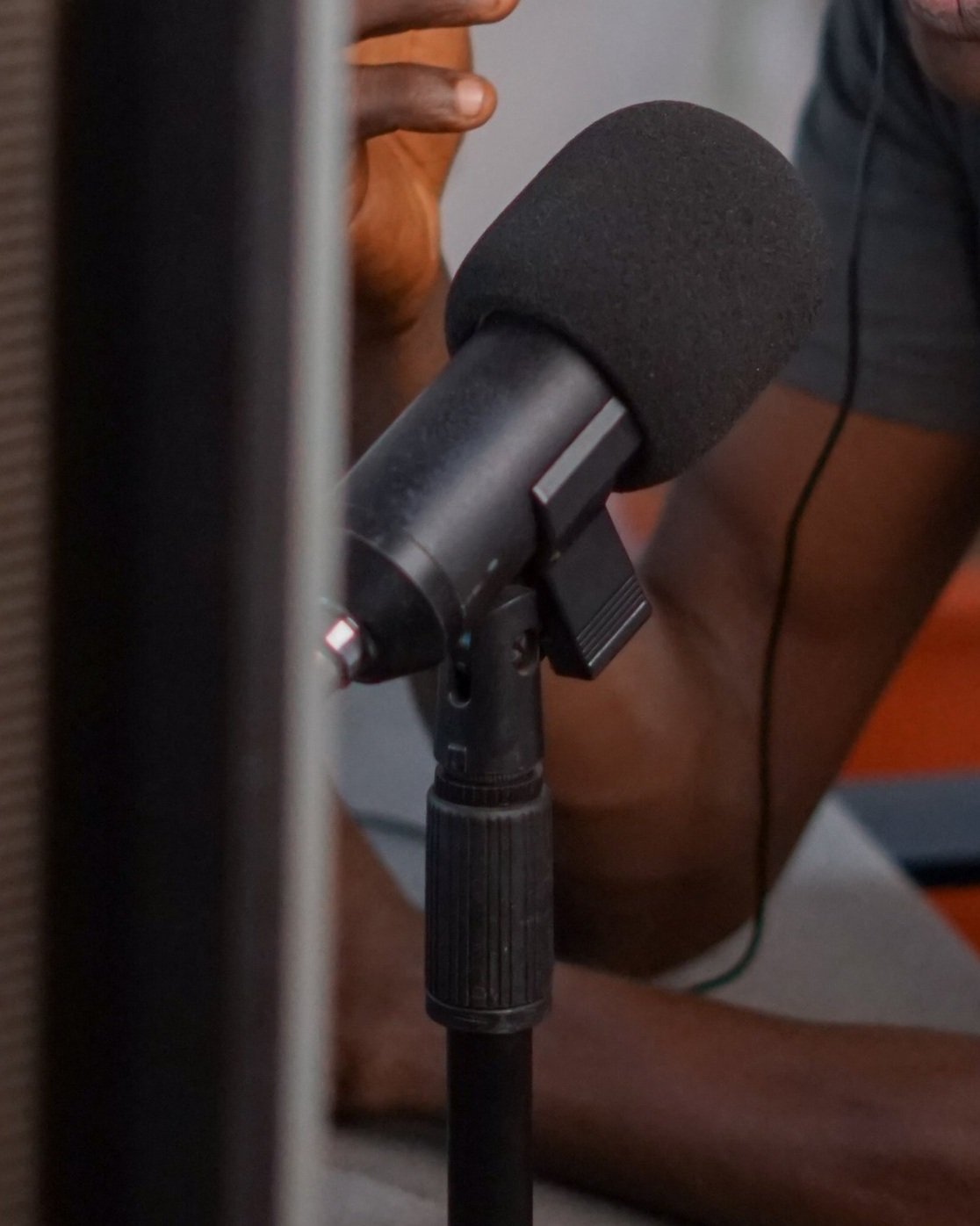
The radiology human-machine interface is in need of improvement
What are the necessary functions for radiology equipment?
A computer mouse is an input device that is used to control the movement of a cursor on a computer screen. The following are some of the main functions of a computer mouse:
Cursor control: The primary function of a mouse is to move the cursor around on the screen. This is done by moving the mouse in different directions, which causes the cursor to move in the same direction.
Selection: A mouse can be used to select items on the screen, such as text, images, or icons. This is done by clicking on the item with the mouse button.
Drag and drop: A mouse can be used to move items on the screen by clicking and holding an item and then dragging it to a new location.
Contextual menus: Right-clicking on an item will often open a contextual menu, which provides a list of options related to that item.
Scrolling: Many mice have a scroll wheel that can be used to scroll through documents or web pages.
Additional buttons: Some mice have additional buttons that can be programmed to perform specific actions, such as opening a program or adjusting the volume.
Gestures: Some mice are designed to recognize specific gestures, such as swiping or pinching, which can be used to perform different actions.
Gaming: Some mice are specifically designed for gaming and have additional buttons or features that are useful for gaming, such as high DPI, customizable buttons, and RGB lighting.
A computer keyboard is an input device that is used to enter text, numbers, and special characters into a computer. The following are some of the main functions of a computer keyboard:
Text entry: The primary function of a keyboard is to enter text into a computer. This is done by typing letters, numbers, and special characters on the keys.
Shortcuts: Many keyboard shortcuts are available that can be used to perform common tasks more quickly. For example, using the "ctrl+c" keys will copy the selected text.
Navigation: The keyboard can be used to navigate around the computer, such as moving the cursor, scrolling through documents or web pages, and switching between open windows.
Special keys: Some keyboards have special keys, such as multimedia keys, that can be used to control media playback or adjust the volume.
Gaming: Some keyboards are specifically designed for gaming and have additional keys or features that are useful for gaming, such as customizable keys, backlighting, and macro keys.
Numeric keypad: Many keyboards have a numeric keypad that can be used to enter numbers quickly and efficiently.
Function keys: Some keyboards have function keys (F1-F12) that can be used to access specific features or perform specific tasks.
Language input: Some keyboards have keys that can be used to switch between different languages or input methods.
Ergonomics: Some keyboards have ergonomic designs that are intended to reduce the risk of repetitive stress injuries, such as split key layout, adjustable tilt, and palm rest.
A computer microphone is used in radiology dictation to record radiologists' reports, findings, and observations in audio format. The microphone captures the radiologist's voice and the audio is then converted into a written format, usually through speech-to-text software. The software then transcribes the radiologist's dictation into a written report, which can be saved and shared with other healthcare professionals.
Some of the key functions of a computer microphone for radiology dictation include:
Recording radiologists' dictation: The microphone captures the radiologist's voice and records it in audio format, which can then be transcribed into written format.
Improving efficiency: Dictation allows radiologists to quickly and efficiently document their findings, which can help speed up the diagnostic process.
Improving accuracy: Dictation can help improve the accuracy of radiologists' reports by reducing the risk of errors that can occur when typing.
Saving time: Dictation can save radiologists time by allowing them to document their findings while they are still fresh in their mind, rather than having to wait until they have time to type up the report.
Improving documentation: Dictation can provide more detailed and accurate documentation of radiologists' findings and observations.
Enhancing collaboration: Dictation allows radiologists to share their findings and reports with other healthcare professionals in real-time which can improve collaboration and communication across the healthcare team.
Improving patient care: Dictation can help improve patient care by providing more detailed and accurate documentation of radiologists' findings and observations, which can assist in the diagnostic process and the development of treatment plans.



